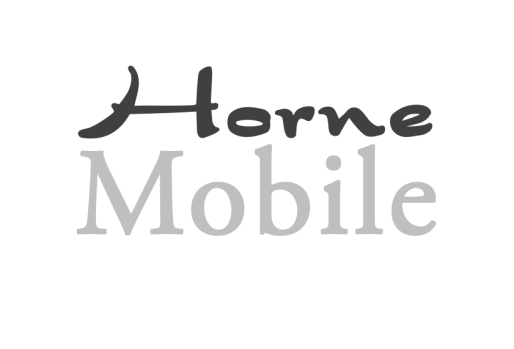No doubt, how individuals exchange information has changed. For example, I rarely use a reed stylus and clay tablets to send messages to others. However, I often use an interactive screen keyboard and smart phone – or an electronic tablet – to send and receive messages. While perhaps similar in size, mobility, form, and function, these two communication techniques are vastly different in speed, convenience, reliability, and presentation capabilities.
Processing Information
Recently, I had several thought-provoking conversations that centered on how, in the age of computers, information is best processed and presented.
Here’s a quick stroll down memory lane. Since the dawn of computers, information has been processed with two primary techniques – batch and real-time.
Batch systems crunch information typically overnight and then, the next morning, they spew mountains of printed-out reports for users to consume and to digest. Cumbersome and tedious – sure; but, when compared to manual record keeping, it is a quantum leap forward.
For a variety of valid reasons in the past few decades, batch processing has been rapidly losing favor. This is because real-time systems are able to process information as it happens. There is no overnight delay. This means business decisions have the potential of being made in either “real” or “real-enough” time. The key word to remember is “potential.”
Printed Reports or Dashboards
One common IT practice, from both batch and real-time systems, has been a corporate dependency on using printed reports to make business decisions. Will reports be practical in a future mobile world? Probably less and less so!
Here are the two questions that operations and IT managers need to consider: (1) is it fundamentally better to make decisions based upon what happened in the past (lagging indicators), or (2) is it better to make decisions based upon future trends of what might be needed in the future (leading indicators)?
Most executives I know would welcome the chance to have a crystal ball (or even a Magic 8 ball for that matter) that could reliably predict future trends. That would make their lives so much easier, they tell me.
Can one reliably predict the future? Within limitations, certainly one can have educated guesses. All it requires is a reliable toolset of assumptions that are based upon pertinent rules that can be applied to collected information. Predictions can be reasonably projected by using business intelligence (BI) software. More about BI will be in future blogs.
BI and Mobility
So, why do I think BI and mobility are a perfect match?
Well, let’s be honest. Many understand and grasp pictures and graphs quicker than they can understand thick reports with information that may be buried in paragraphs of text or columns of figures. Mobile devices excel at presenting visual information quickly and succinctly. And, that’s okay with me. I’m a visual learner, too.
If one is concerned with the speed in which one has the potential (remember that word from before?) to makes critical business decisions, which is a better use of time, energy and effort: (1) wadding through a printed report analyzing historical data, or (2) looking at a screen with real-time or snapshot analytics presented in a graphical presentation format (e.g., a dashboard)?
Mobility BI Dashboards
The simple answer is that mobility devices and mobility software perfectly expands the presentation footprint of how information can be provided for interpretation and decision making processes. No longer is one tied to a desk or to a printed report to make real-time business decisions. One can be literally anywhere where there is Internet access and have the capability to make rational decisions.
Adding mobility to the decision equation foreshadows a significant paradigm shift in IT thinking and operational management execution. Mobility will become a foundation element for information presentations in the future for all business indicators. Are you ready to take advantage of the new shift?







